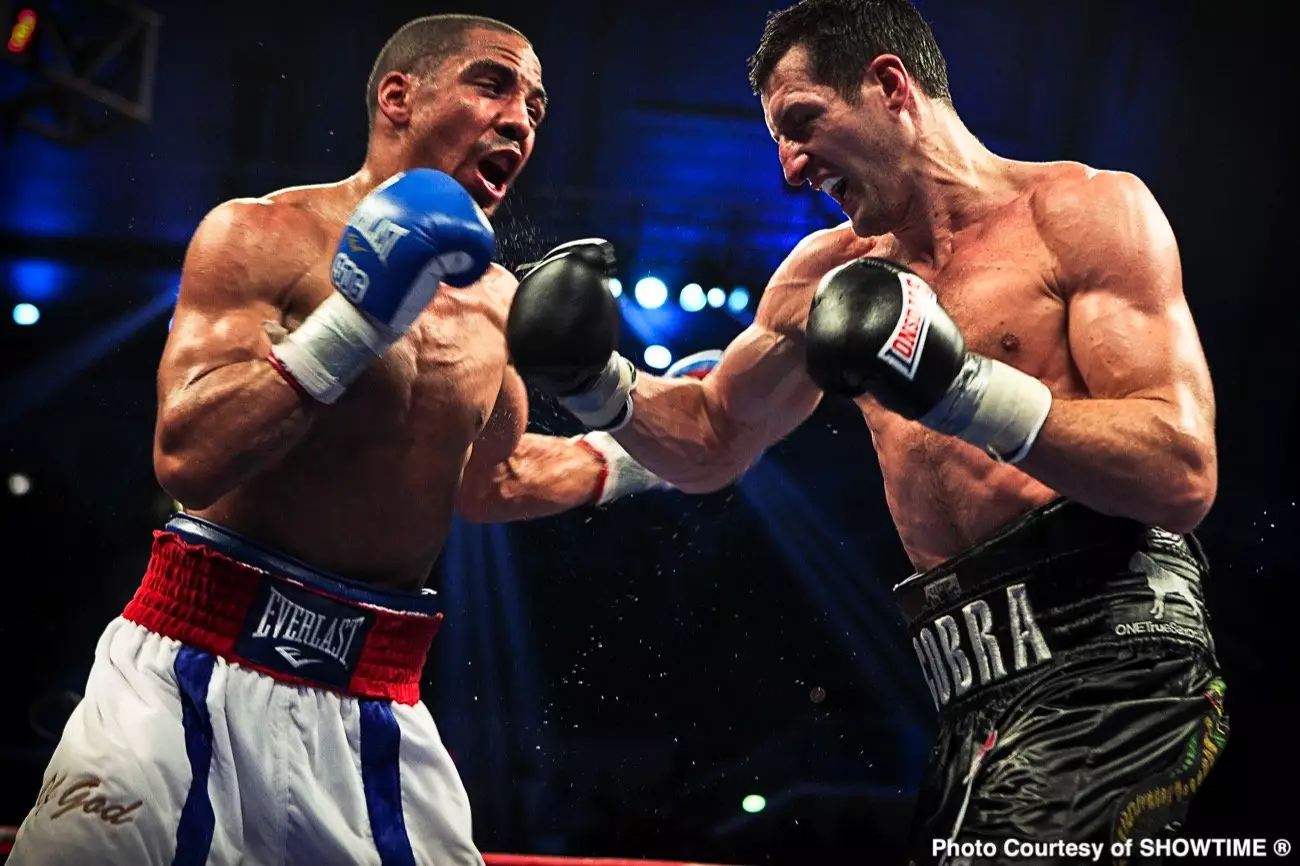The boxing world is still grappling with the loss of George Foreman, an iconic heavyweight whose legacy is undeniable. The outpouring of tributes highlights not just his accomplishments but also the indelible mark he left on the sport. Carl Froch, a name synonymous with grit in the super-middleweight class, recently vocalized what many boxing enthusiasts secretly ponder: How would Foreman fare against today’s elite heavyweights? Froch’s assertion that Foreman would dominate modern champions like Tyson Fury and Anthony Joshua invites a deeper examination of both Foreman’s irreplaceable prowess and the evolution of the heavyweight division.
A Historical Context of Dominance
George Foreman was not just another fighter; he was a force of nature during his prime in the 1970s. His ferocious punching ability and physicality allowed him to demolish opponents in a manner that’s rarely seen today. Think back to the fear instilled in boxing circles when Foreman stepped into the ring against titans like Joe Frazier and Ken Norton—both heavyweights in their own right who, despite their skills, could not withstand Foreman’s brutal assault. Froch’s opinion that Foreman would “bash” today’s heavyweights carries weight; the reality is that Foreman’s physical attributes were suited to adroitly handle the demands of modern heavyweight boxing, making him a formidable opponent for even the largest fighters of today.
Size and Strength: The Timeless Attributes
Though boxing has admittedly evolved in terms of technique and training, the fundamental nature of strength and size remains as pivotal as ever. George Foreman’s weight of approximately 220 pounds paired with a height just over 6’3” perfectly positioned him to compete against the giants of today. Froch’s comments resonate when he emphasizes the size of Tyson Fury as a potential challenge for Foreman, but adheres to the belief that even Fury’s attribute list would be outmatched by Foreman’s raw power and aggression.
Foreman’s staggering knockout rate and sheer physical presence are testaments to an era where he faced some of the greatest fighters and reigned supreme. It is hard to ignore the contrast between Foreman’s era and today. While modern heavyweights have unparalleled conditioning and strategies, they often risk underestimating the primal force that a fighter like Foreman represented.
Legacy of Destruction versus Industry Evolution
In today’s heavyweight landscape, where fighters are more likely to engage in strategic maneuvers and point-scoring tactics, one can’t help but romanticize the aggressive approach that defined Foreman’s style. Comparisons with the likes of Anthony Joshua, who has shown vulnerability as evidenced by his shocking loss to Andy Ruiz Jr., hint at the chinks in contemporary champions’ armor. The question remains: Would today’s heavyweights withstand Foreman’s onslaught? Froch proposes that the current elite would be fortunate to avoid bouts against Foreman in his prime; this notion is bolstered by the fact that none faced the kind of relentless ferocity that he brought to the ring.
Thus, George Foreman stands not only as a representation of strength and capability but also as a singular figure in boxing history that modern heavyweights can only admire from a distance. The discussions that arise from his legacy are far from mere speculation; rather, they serve to remind us of a time when heavyweight boxing was synonymous with absolute power, a standard that, while evolving, has yet to witness a contender quite like him.

